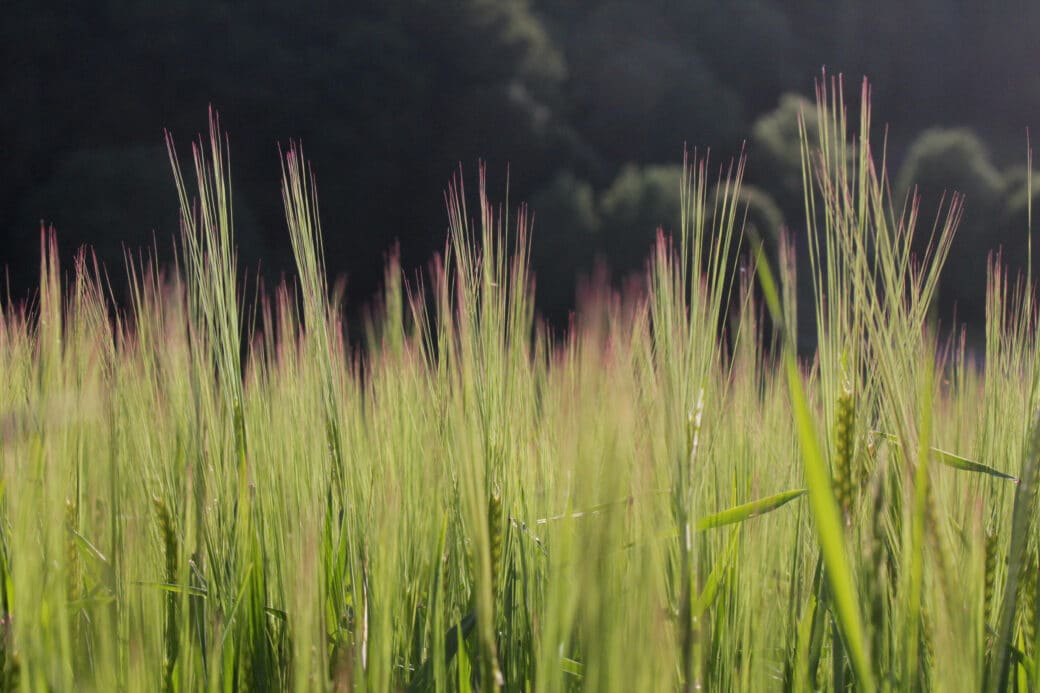Sulfur cycling in soils along a land-use intensity gradient in German Biodiversity Exploratories
Sulfur (S) is an essential nutrient for microorganisms and plants, and a sufficient supply of S is therefore critical for maintaining ecosystem functions and productivity.

The aim of this project is to test the hypothesis that the combination of ecosystem type (grassland vs forest) and land-use intensity (i.e. inputs and exports of S) is coupled with distinct patterns of S recycling in soils, which will ultimately interact with species richness and community composition at the respective sites of the Biodiversity Exploratories.
- S stocks and S availability for each type of ecosystem are determined by land-use intensity and S storage capacity within the soil profile.
- Ecosystems with low levels of land-use intensity are characterized by more intensive S recycling and thus also greater S use efficiency as compared to sites with intensive management.
- A reduction of land-use intensity in grassland soils will induce a shift towards more efficient S recycling.
To date, there are only limited data on sulfur for the sites of the Biodiversity Exploratories. This project will focus first on assessing the current status of S stocks and S availability in top- and subsoil along the land-use gradients in forest and grassland We will then determine microbial S recycling and enzyme activity along with isotope values (δ34S and δ18OSO4) to identify site-specific differences in S use efficiency and S recycling. Over the course of the project, we will further monitor how these indicators of S availability and S recycling change after land-use change in grasslands.









